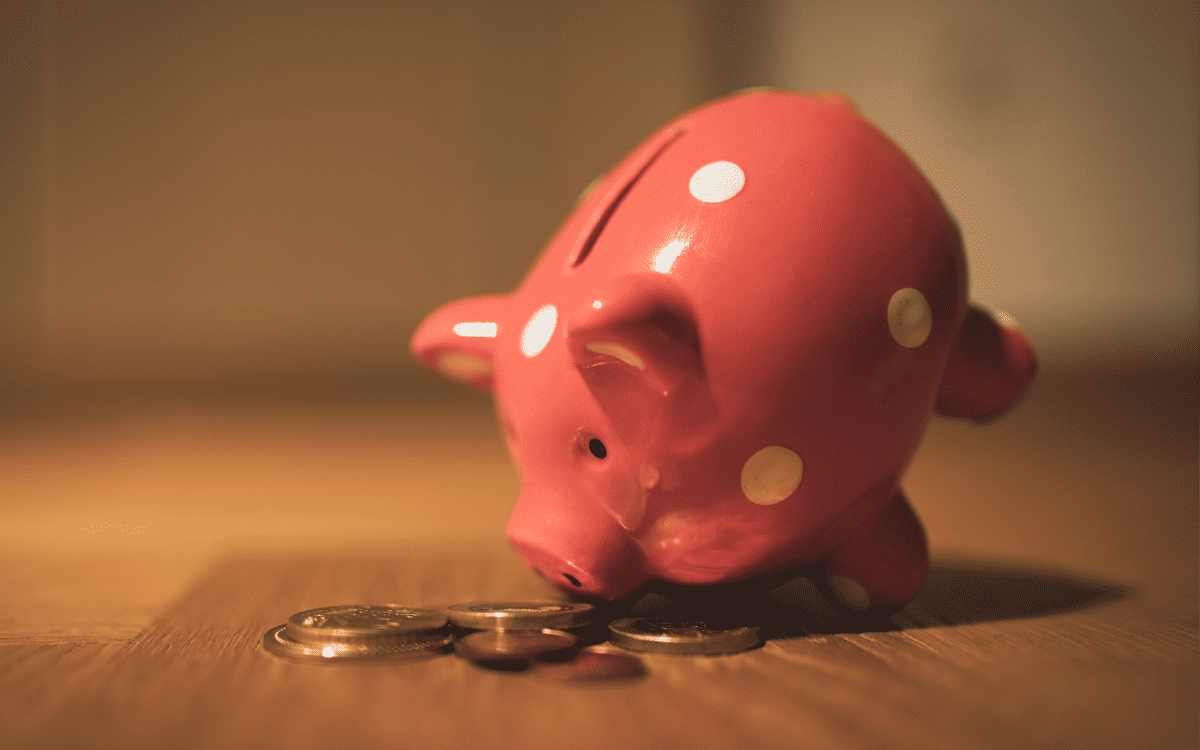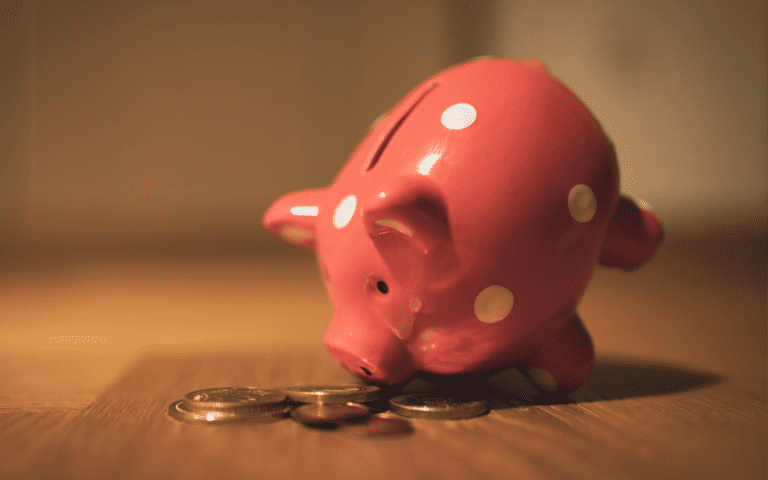The terms fast fashion and slow fashion have only started to appear in recent years. This is a significant topic, the fashion industry is huge and it also affects our environment. It is therefore important to keep track of the origin of clothing when buying it. Sustainable fashion is a step in the right direction that can make you think about the environment and the working conditions of the employees.
Fast Fashion
Fast fashion has its origins in the 18th century, mainly due to the industrial revolution. The fashion industry experienced a great development, so production was increased considerably and new technologies made it possible to mass produce and sell clothes. Since then, the fashion industry has continued to grow significantly. Currently, fast fashion accounts for a large part of the offer.
The big advantage of fast fashion is the low prices. Clothes are thus available to virtually everyone. Fashion brands offer a very varied assortment from which there is always something to choose.
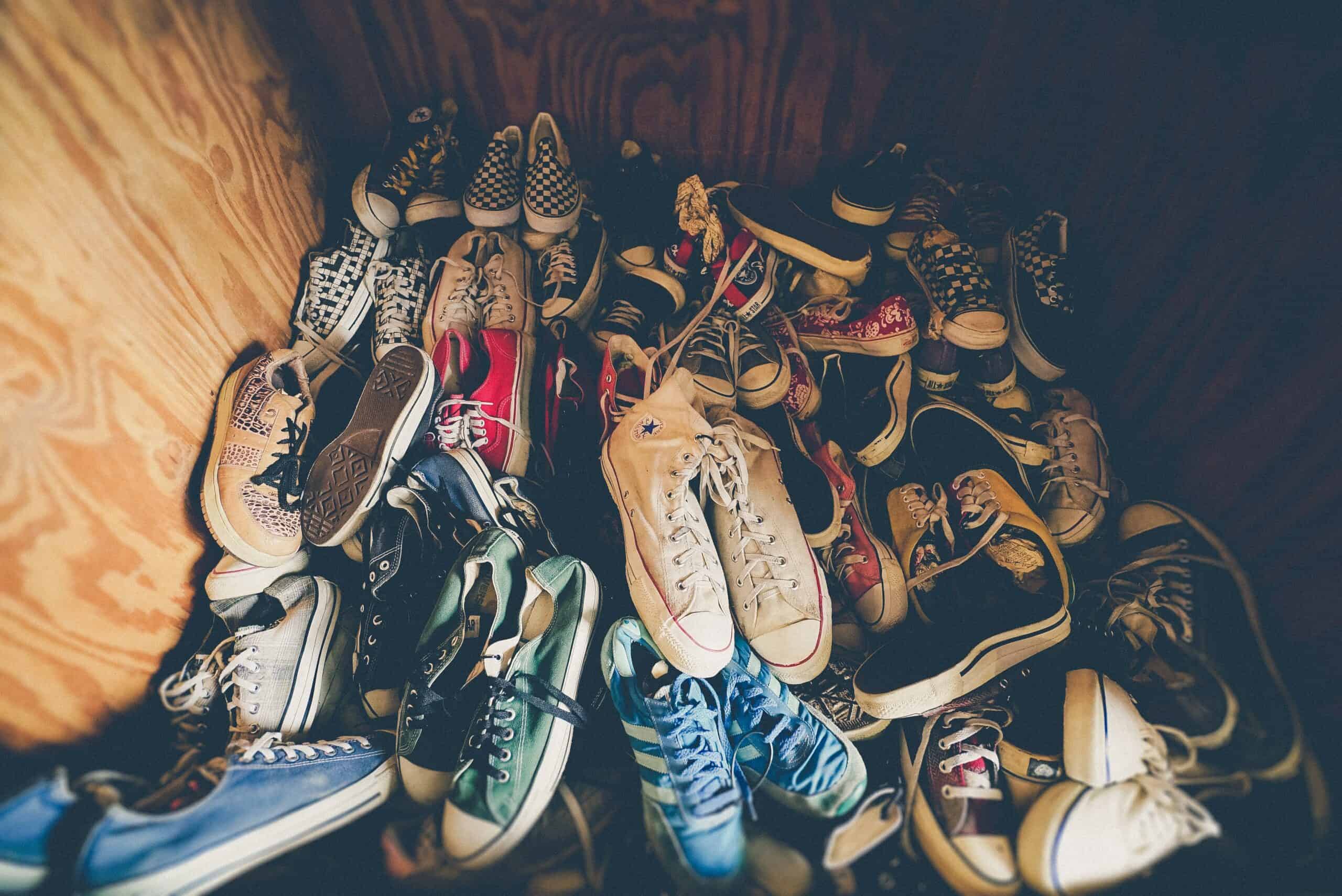
On the other hand, however, this fashion has a number of drawbacks. Brands don’t think about the environment when making clothes and working conditions in factories are very poor. The priority is quantity, not quality.
Given the wide range on offer, this is a temptation for customers. So many times, sustainability is not thought of when shopping. Low prices are tempting and wardrobes are filled with unnecessary quantities of clothes that we could easily do without.
Slow Fashion
The opposite of fast fashion is so-called slow fashion. It is also known as sustainable fashion. The term slow fashion is quite modern, first appearing in 2008. Since then, the trend has been spreading. It is a fusion of eco-friendly, ethical and fair trade fashion.
Sustainability in fashion is very important. In slow fashion, great attention is paid to the quality of the products and how each piece of clothing affects our environment.
In order to achieve sustainability, it is necessary to be thoughtful when shopping for clothes. Every piece should have a purpose, a place of honour in your wardrobe. As a rule, these are quality products that have a long life. Your wardrobe should therefore only consist of quality clothes that you will actually use.
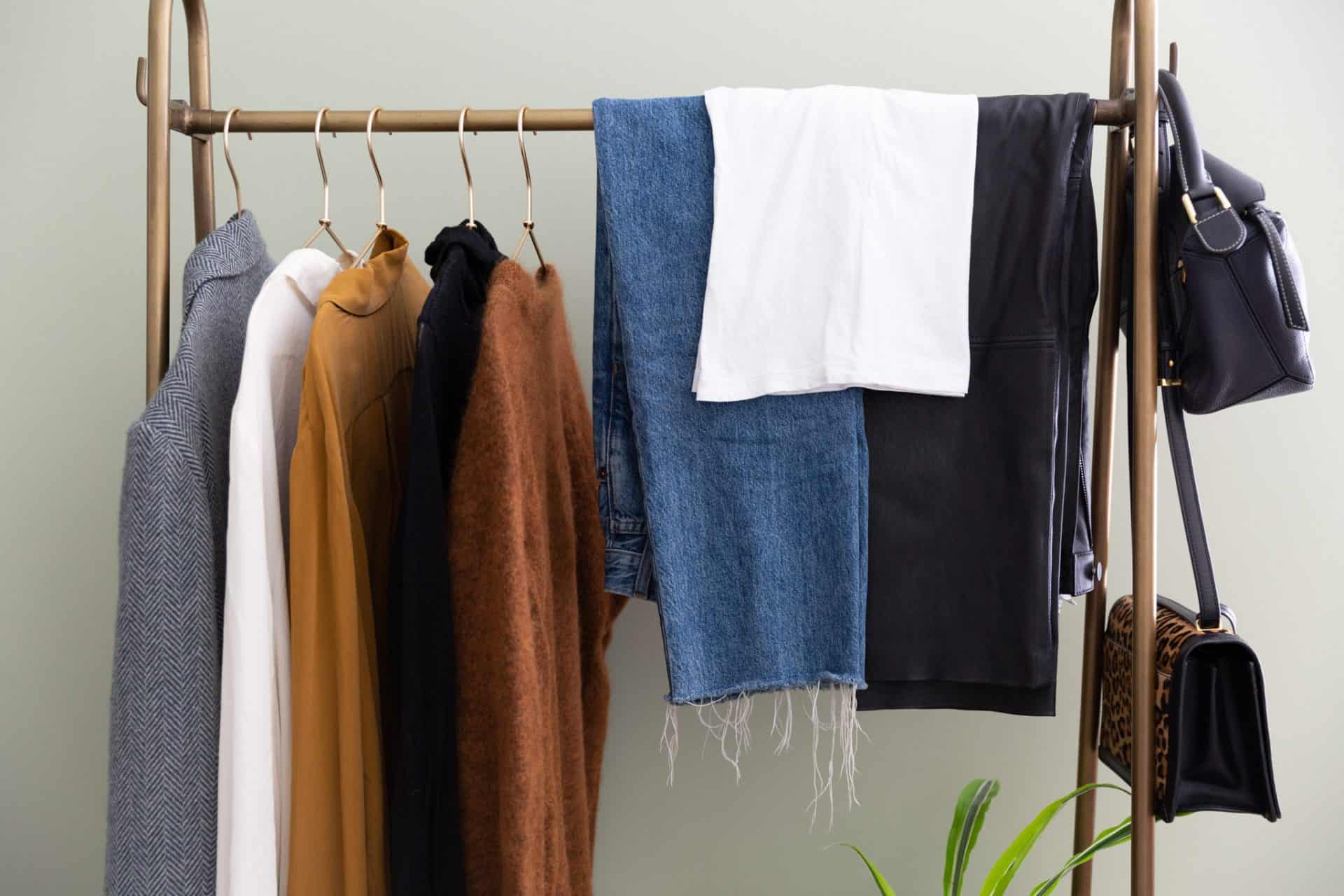
The various textile certificates are also an indicator of compliance with the principles of sustainable fashion. The main ones include GOTS, Fair Trade, WFTO, EZA and Naturtextil Best certification.
What Are the Differences?
Fast fashion production is mainly characterised by low clothing prices. However, this is also linked to quality, which tends to be very low. Synthetic materials are most often used. Mass production produces a lot of clothes that lose their originality.
On the other hand, however, it is affordable fashion for ordinary customers. Many times, however, shopping turns into over-consumption, where we buy large quantities of clothes that do not even find a use.

Slow fashion can be discouraging for us because of the higher price tag. However, this is the price of quality materials and eco-friendly and ethically produced clothing. The clothes are of higher quality, and certified organic materials are often used. The fashion is usually created in sweatshops, so these are unique pieces that your wardrobe can be proud of.
Due to the higher price of sustainable fashion, these are more exclusive products. But it is an investment that will pay you back in the long run. Pay extra for comfort, quality, longer life and honest and meticulous workmanship. You’ll be greener, kinder to the environment and to your wallet.
Advantages and Disadvantages of Fast Fashion
The advantages of fast fashion can be easily summarised. These are mainly the low price and availability of products. The range of fast fashion is wide, which makes choosing clothes easier.
The disadvantages include the low quality of the products. However, the key point is that fast fashion production has a negative impact on the environment and employees work in unsuitable working conditions.
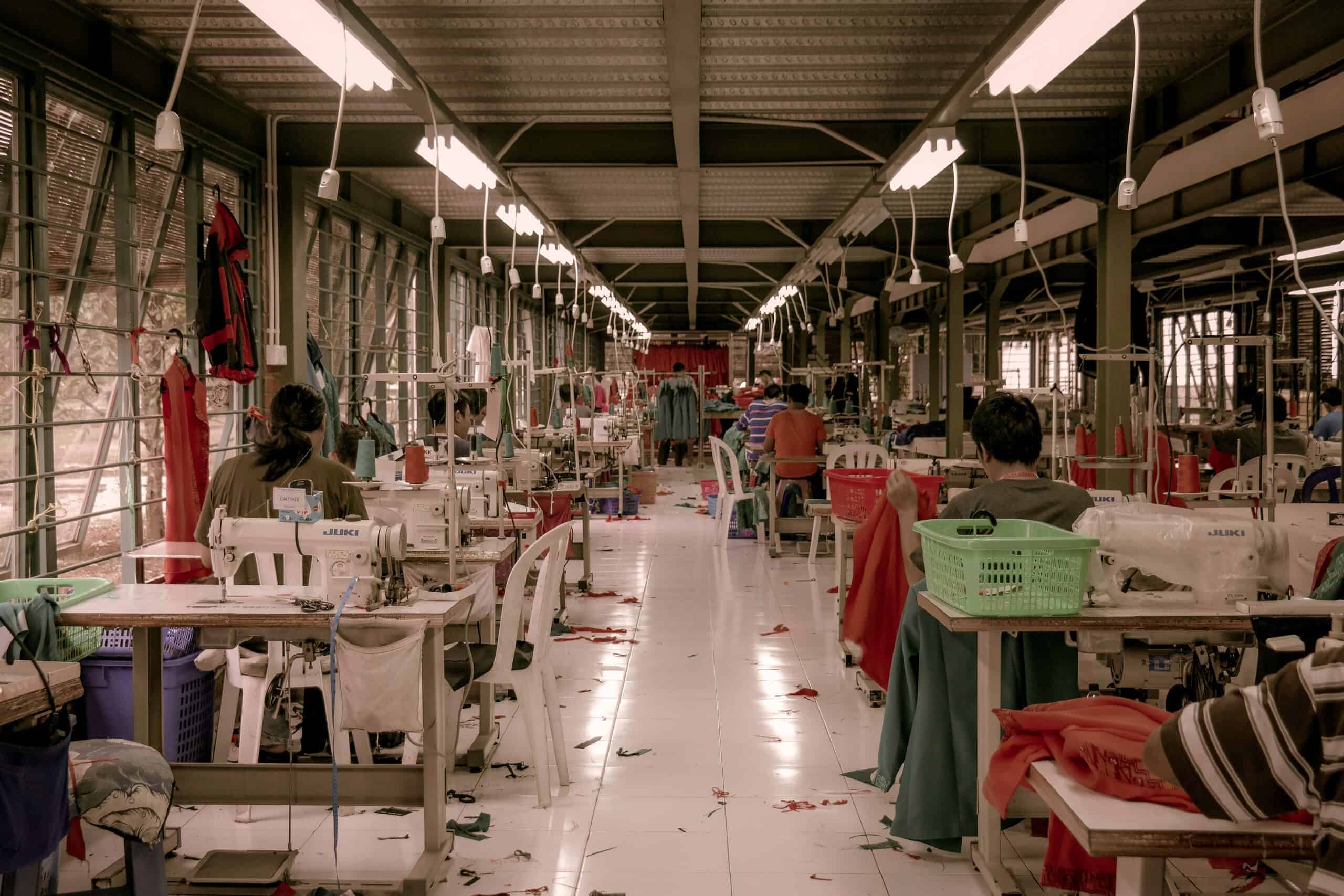
Advantages and Disadvantages of Slow Fashion
The main advantage of slow fashion is its sustainability. It is fashion that thinks about the environment and the people who produce it.
The disadvantages are higher prices and a slightly smaller selection of clothes compared to fast fashion.
Fashion and Its Impact
Fast fashion has a negative impact on a number of things. People often don’t give it a second thought and only buy products because they are cheap. However, it is important to think about what this leads to.
There is a high consumption of water in the production of textiles and there is also water pollution due to the dyeing and finishing of garments. The textile industry is responsible for roughly 10% of global carbon emissions. It is also important to mention that microfibres are released from clothing and end up in the seas and oceans.
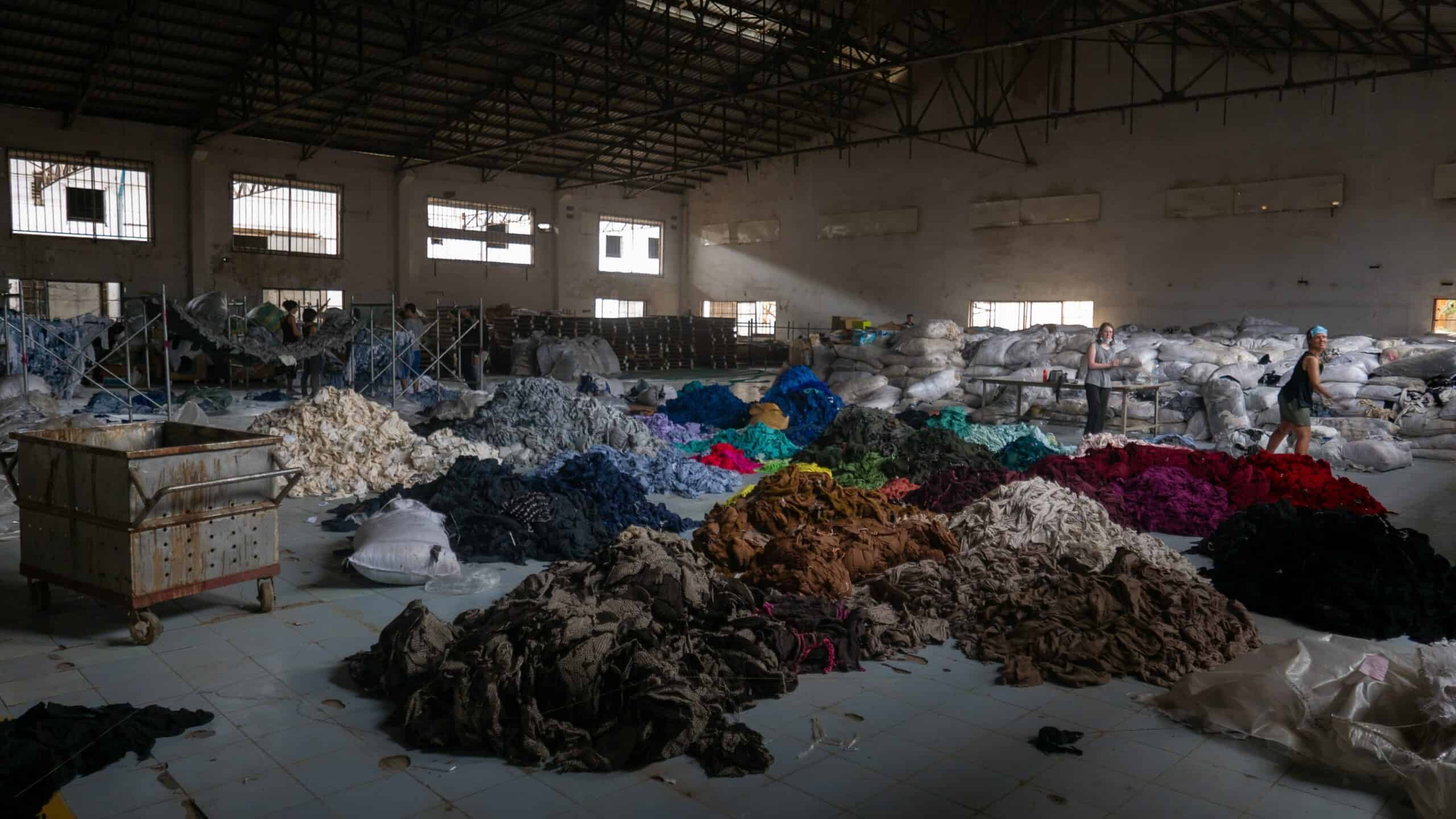
In contrast, slow fashion focuses on quality, not quantity. There is a focus on the origin of materials, their workmanship and the overall quality of production. The negative impact on our planet is thus much smaller. In addition, these are often smaller companies that offer fair conditions to their employees.
Well-Known Fashion Brands
Some of the most well-known fast fashion brands include New Yorker, Cropp, H&M, Reserved, Pull&Bear and similar stores.
Some fast fashion brands are at least partially committed to sustainability. They regulate production, offer products made from proven organic and recycled materials. Brands offering sustainable fashion also include Zara, Levi’s and Adidas.
Slow fashion brands are another category. These include Veja, Armedangels and Ecoalf, to name a few.
Shop Responsibly
There are plenty of tips on offer to help you shop sustainably. The best option would of course be slow fashion, but this is not available to everyone. If you shop fast fashion, don’t be tempted by low prices. Pay attention to each piece and consider whether you really need it.

Building a Capsule Wardrobe with Sustainable Fashion
A capsule wardrobe is based on a minimalist approach to wardrobe and clothing. Your wardrobe will contain a limited number of pieces, but you can combine them with each other in unlimited ways. You can add pieces that define your style. Build a capsule wardrobe with neutral colours and timeless pieces of clothing that never go out of style. That’s what sustainable fashion is great for.
Give Clothes a Second Chance
Another great option is second-hand shopping. Second hand shops have a varied range where you can find great pieces and give clothes a second life. You can also try swapping, which is a variety of platforms for swapping clothes. You can also donate unwanted clothes. Upcycling, the process of stitching older pieces into original trendy clothes, is also amazing.

Fashion is a big topic that gets a lot of attention. A step towards sustainability can be taken by each and every one of us. Whether it’s buying slow fashion or being more responsible even when shopping fast fashion.

